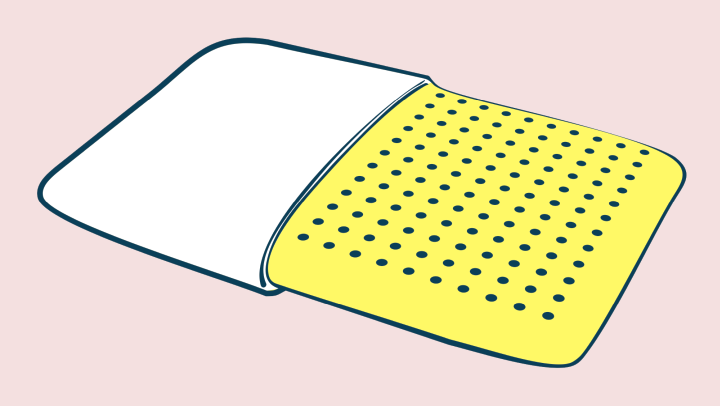To provide services at the highest level, we use cookies. Using the website requires you to choose settings related to their storage on your device. If you want to know what each type of cookie is used for, click the Details button below.
Are latex pillows safe?15 lipca 2023 |

Latex pillows are made of natural latex or synthetic latex, often in a combination of both. They are products designed to support the head and neck during sleep. Latex is a material with an elastic structure that provides adequate support and comfort while sleeping. However, it lacks the ability to allow air circulation and moisture removal, and it can also cause allergies.
Yes, latex pillows can be beneficial for the spine. Due to their elasticity and resilience, latex pillows adapt to the shape of the head and neck, which can help maintain proper spinal alignment during sleep. This can provide relief for individuals with spinal issues or headaches. However, they may increase perspiration and can also trigger allergies.
No, latex pillows are known for their lack of airflow. Latex is a material composed of rubber tree sap and chemical substances that contribute to its solidification. Due to its structure, air cannot flow through latex pillows. This also promotes moisture accumulation and the growth of dust mites.
Latex pillows are not a good choice for individuals with allergies. Latex itself is an allergen for many people, and prolonged exposure to it can cause allergies even in individuals who were previously unaffected. Although latex is less prone to harboring dust mites, fungi, and mold compared to traditional feather-filled pillows, it is not the best material for pillows.
Talalay latex is a special type of latex that undergoes a more advanced production process. This process involves the use of vacuum, freezing, and solidifying the latex, resulting in a more consistent structure and excellent resilience properties. Additionally, Talalay latex is more elastic. However, it does not differ from regular latex in terms of air circulation or allergen release.